Feature
Singing ‘musical salads’: Jorge Losana’s Cantoría
Share this
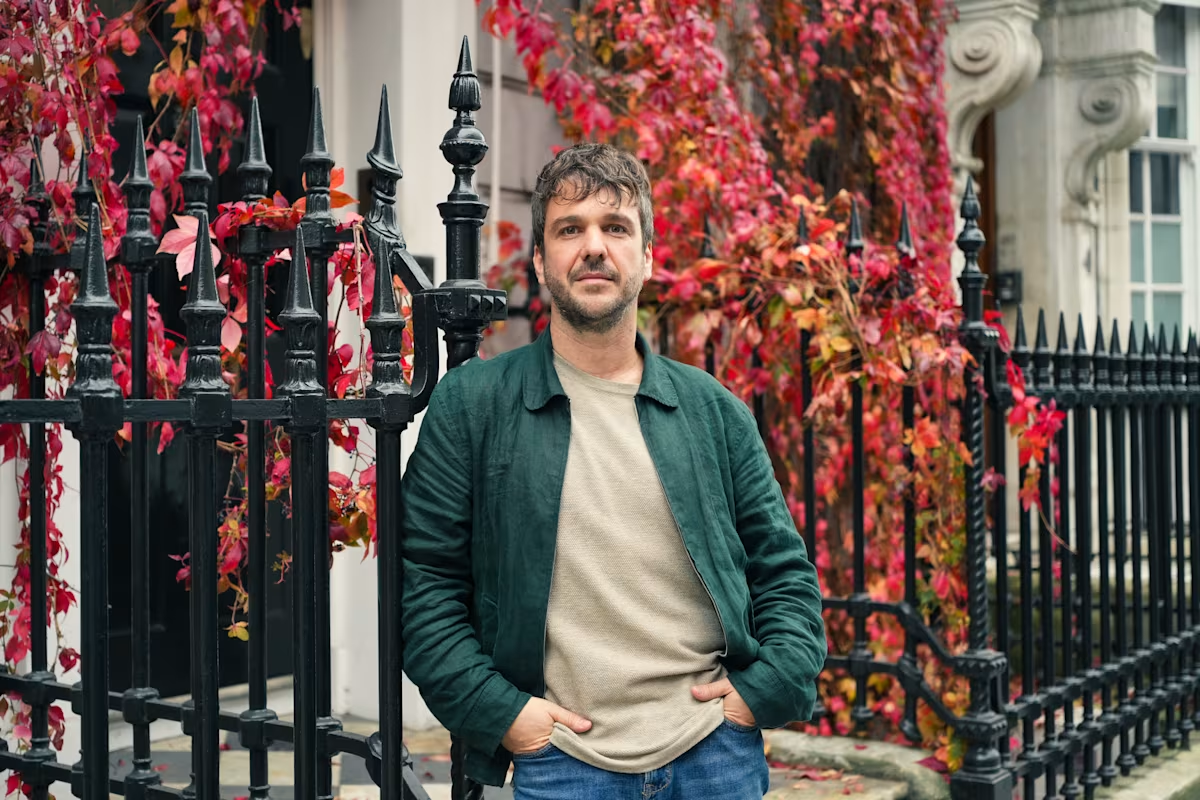
BY SIMON MUNDY | FIRST PUBLISHED 12 OCT 2025
What goes into an Early Music salad? It's a fair question to ask in summer. Radishes, naturally, given their etymology from radix = root. Endives: so much more to-the-point than lettuce. New season carrots, spring onions (or would they have been shallots in the 17th century?) and nasturtiums (both flowers and leaves). Lots of mint and those herbs that modern chefs forget, like feverfew, marjoram and just a twist or two of tansy – just tear the herbs and throw them on the salad, not into the dressing. The dressing is crucial: oil and vinegar, salt and pepper, but don't forget a spoonful each of honey and wholegrain mustard. Then, once you've mixed and served on side plates – never on the same plate as the hot dish – relax with a glass of cool rosado and listen to Cantoría singing ensaladas (salads).
In reality, when Jorge Losana, Cantoría's director, and I sat in the Catalan sun, the required wine was Perelada's excellent local cava (see my report from this year's Perelada Easter Festival) and it was too early in the day to eat salads, but not to talk about them. Cantoría have made the musical variety their speciality. These semi-religious pieces with a mischievous edge appear during the 16th century at a point when the Catholic church was about power, and puritanical movements were sweeping through Europe. In Spain, the reaction of royal and papal authorities was usually repressive, but the ensaladas were tolerated exceptions.
‘El toro’, collected and edited by Mateo Flecha, from Cantoría’s album, Ensaladas
‘The ensaladas are village songs,’ Jorge explains, ‘with the music connected to folk poetry. They were played in church to attract the people in. It was the only time they could sing Spanish in church, with jokes, guitars etc.’ Las ensaladas was the title of a publication printed in Prague in 1581, containing examples probably written much earlier by Mateo Flecha the Elder (1481–1553). The music could not be more different from the elevated sounds of mannerist church polyphony. Ensaladas follow the patterns of speech in the lyrics, prefiguring the direct style of the early Baroque.’
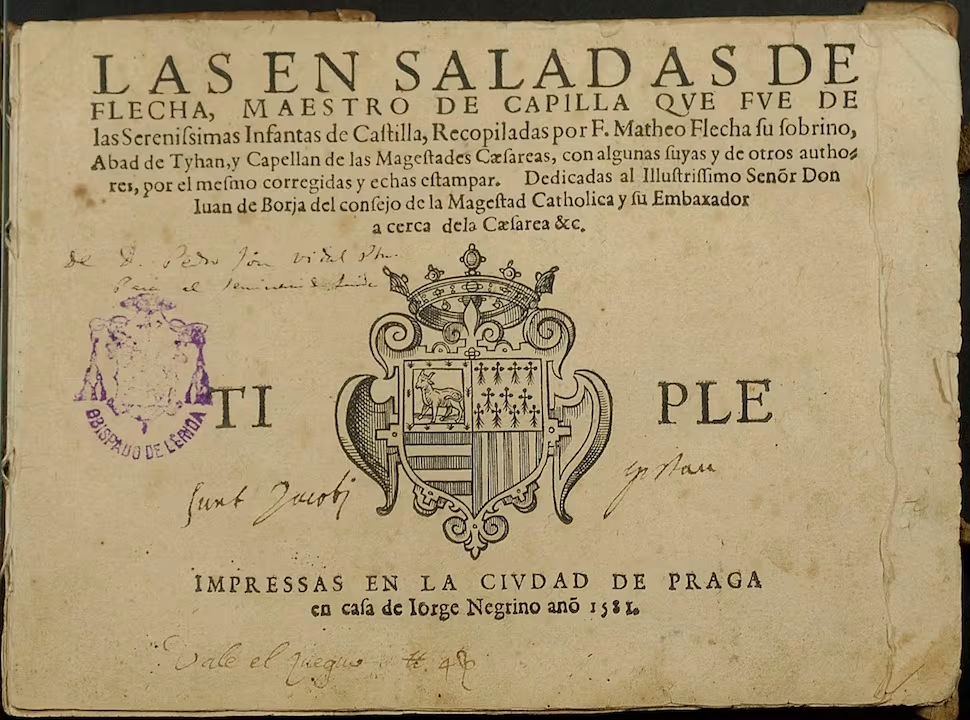
‘In Barcelona at ESMUC (L'Escola Superior de Música de Catalunya), we were studying Monteverdi madrigals. One of our teachers, Pedro Memelsdorff, suggested we focus on Spanish ensaladas and villancicos, because they connect to our identity and our personalities. We see the shift as a seconda practica of Monteverdi to the Spanish repertoire.’
Cantoría started as a core quartet: soprano Inés Alonso, alto Samuel Tapia, tenor Jorge Losana and bass Valentín Miralles. As the years went by, other singers began to join like Oriol Guimerà and Lluís Arratia. Inés has one of those clarion voices that cuts through surrounding textures without deviating from the centre of the note. The lower voices are always in support.
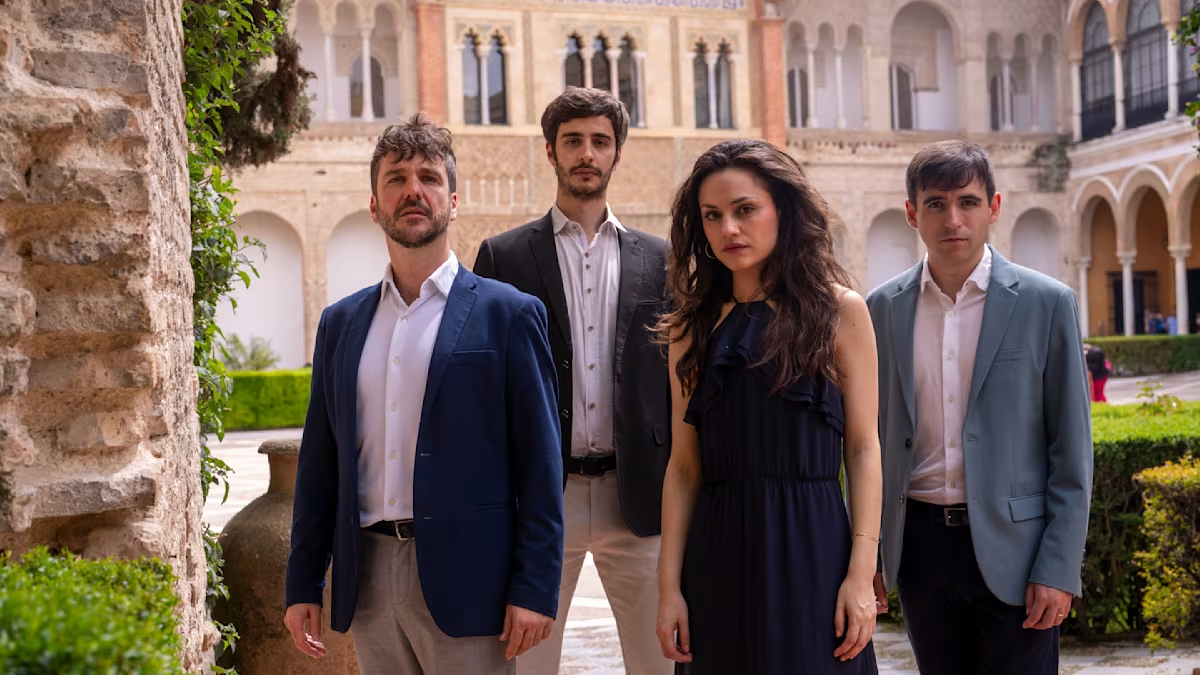
These days, though, other high voices are joining in. Jorge tells me, ‘we began to be asked to sing polyphony in bigger places, so now we can have up to 20 musicians on stage and we are starting to explore more of the Spanish Baroque as well as the Renaissance. In 2026, we will have been singing together for ten years. We're trying not to sing bel canto in the sense of an operatic sound that does not follow spoken rhythms. The whole point of ensaladas is that they do not sound artificial. At least, I suppose we are using bel canto technique, but deconstructed so that it sounds natural.’
Cantoría performs José de San Juan’s five-part xácara, ‘Una noche que los Reyes’ | Ambronay Festival 2023
In 2018, Cantoría won the audience prize at the Ambronay Festival in central France, and were selected for the EEEmerging+ programme, run from Ambronay, that links young ensembles across Europe. In the UK, its partner was the National Centre for Early Music in York. Jorge says, ‘That opened doors for us.’ Just as importantly, performing in the range of festivals, with their different expectations, helped their style mature. ‘We came to York and we began to understand what festivals and their audiences want. In the UK, we were taught to find our own way, more authentic to us.’
‘We are at a transition point, growing and starting to perform in the important halls, like the Concertgebouw, Amsterdam.’ For the concerts with larger forces and an instrumental ensemble, Jorge now finds himself conducting as well as singing tenor.
Cantoría performs ‘Soberana María’ attributed to Mateo Romero (1575–1647) | Ambronay Festival 2023
At the 2024 York Early Music Festival, the ensemble was in its semi-extended format, with eight voices and five instrumentalists, as they will be when they tour at the end of October. ‘We are taking the opportunities, but in the process we have discovered our sound, what we care about, and how to communicate it. We have to find a balance between the performing schedule and our research. We don't want to die of success.’
Cantoría performs ‘Oy comamos y bebamos’ by Juan del Encina (1468–1529) | National Centre for Early Music
Cantoría will perform ‘Ensaladas’ at the Concertgebouw, Amsterdam on 26 October. Tickets are selling fast for their latest programme, ‘A la fiesta, zagales’: Spanish Baroque Jácaras & Villancicos, at Wigmore Hall, London on 30 October, which will also be live-streamed. The ensemble will then be on tour to Madrid, Murcia and Andalusia in Spain, followed by performances in Paris (17 Dec), Ghent (18 Dec) and Brussels (19 Dec).
Share this
Keep reading
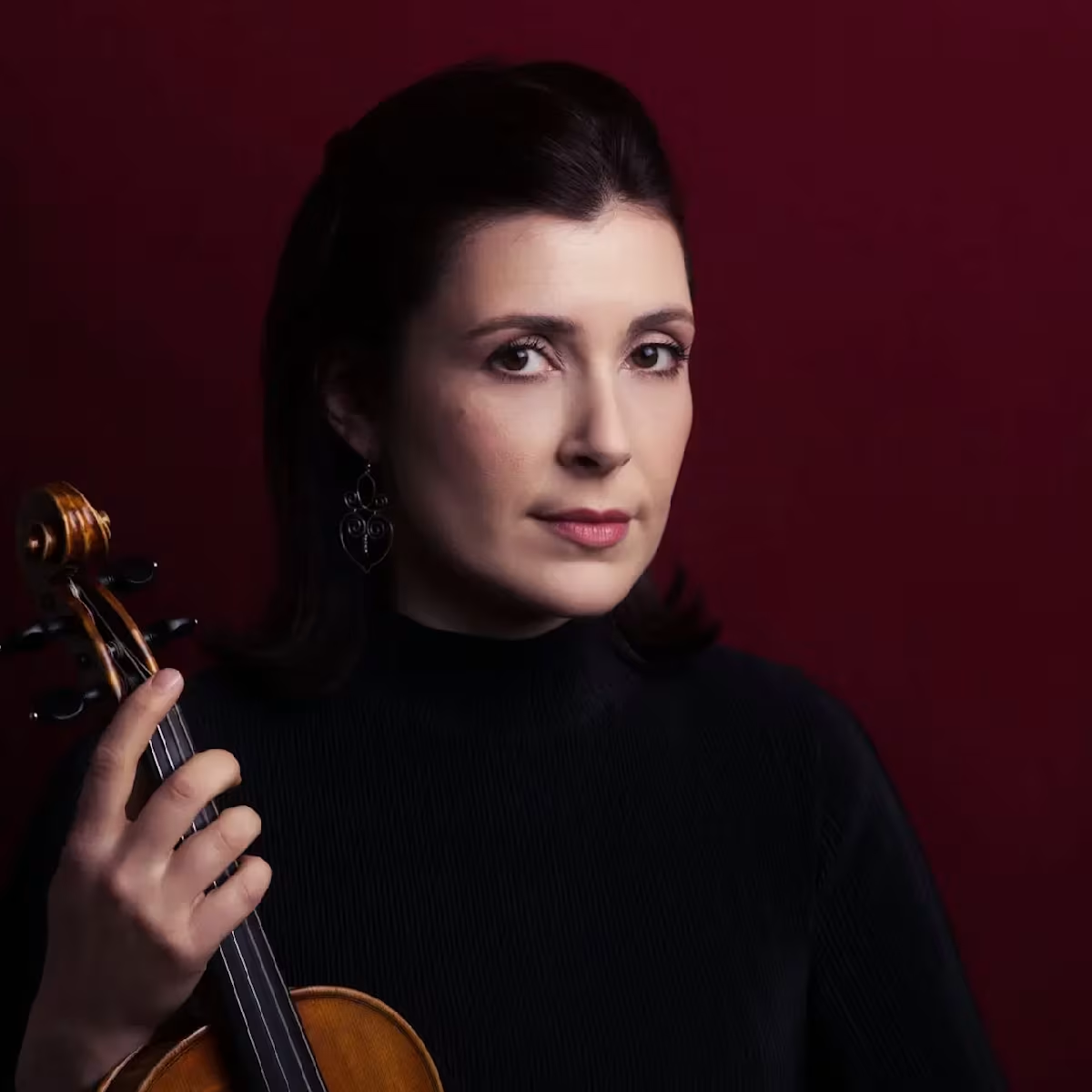
Zefira Valova: Leading the way in Early Music
Continuo Connect's Simon Mundy interviews Bulgarian violinist, Zefira Valova, founder of Sofia Baroque Arts Festival and leader of Il Pomo d'Oro.
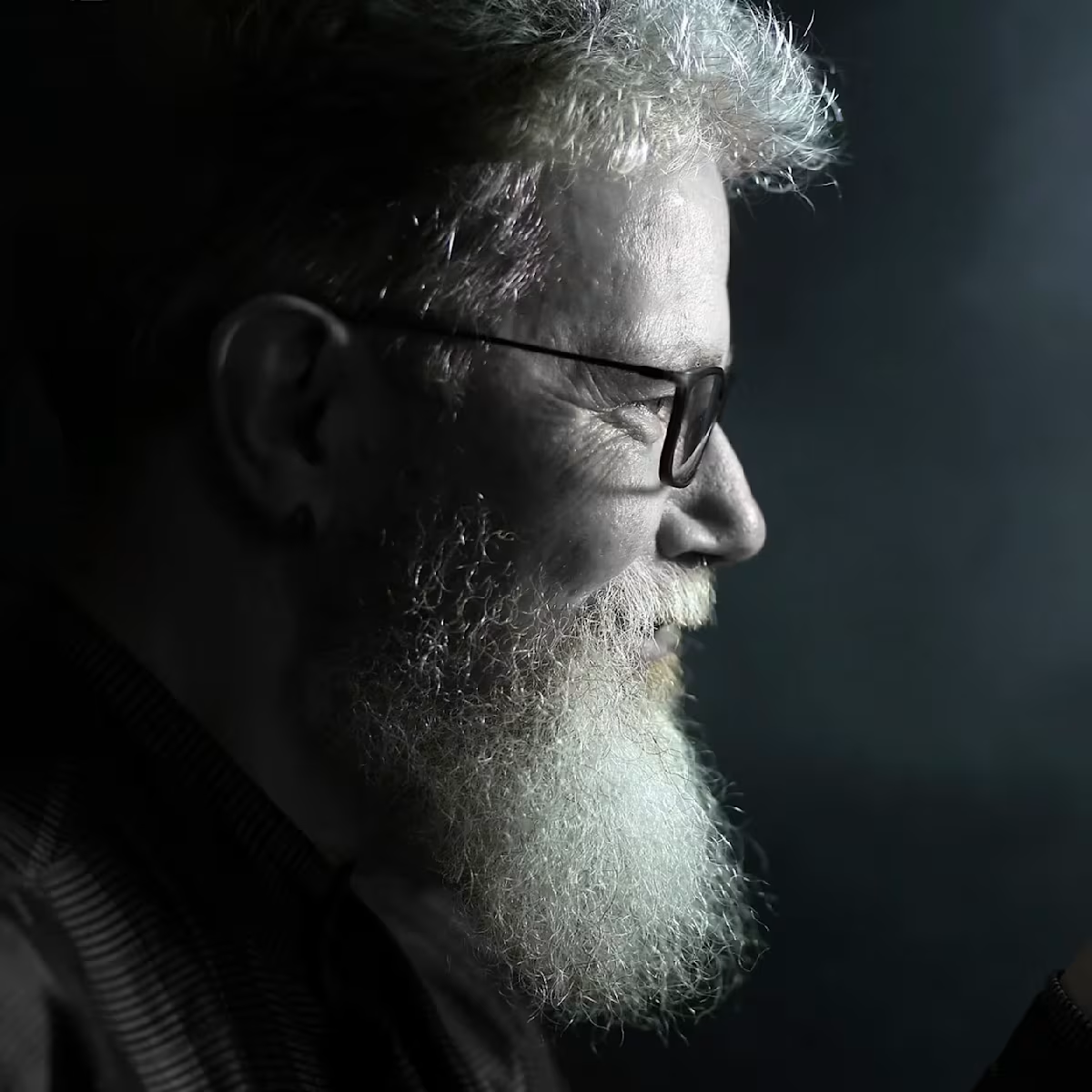
In conversation: Robert Hugill
Recognised for his blog Planet Hugill, Robert Hugill shares concert reviews, interviews, and previews across the widest spectrum of classical music.
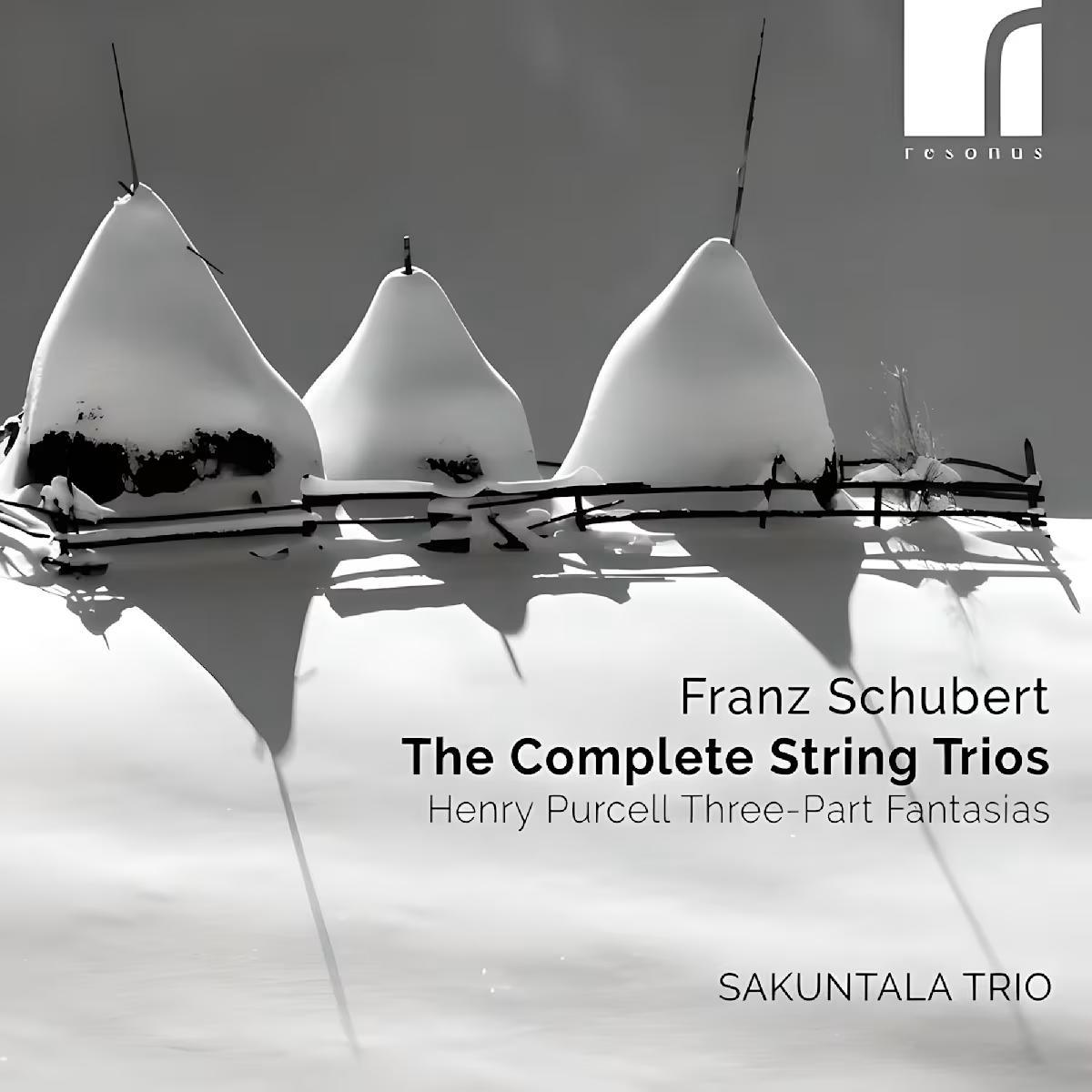
The Complete String Trios: Schubert & Purcell
In their debut album, the Sakuntala Trio unveils a world premiere of Schubert’s String Trio in B-flat major, D.471, alongside Purcell’s Three-Part Fantasias.




